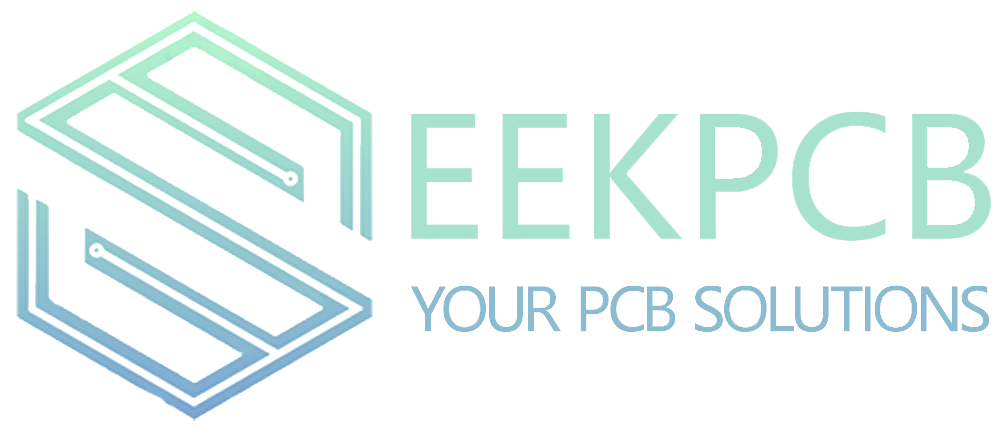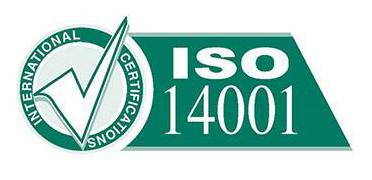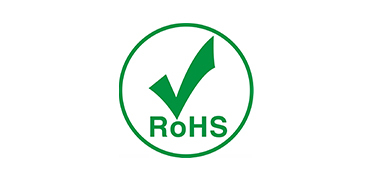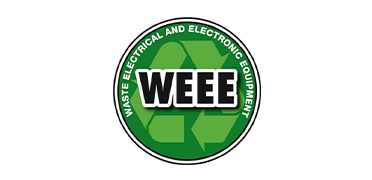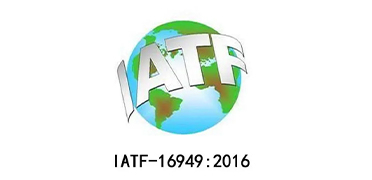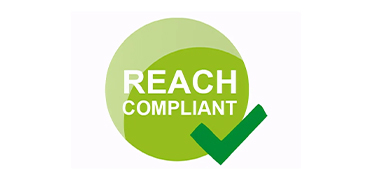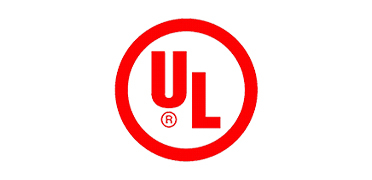10 Tips for PCB Stack up Design
Views: 0 Author: Site Editor Publish Time: 2023-12-06 Origin: Site








With the continuous emergence of high-speed circuits, the complexity of PCB boards is also getting higher and higher. In order to avoid the interference of electrical factors, the signal plane and the power supply layer must be separated, so it involves the design of multilayer PCB, that is, the design of laminated structure.
1. Avoid Direct Connection of Two Signal Planes
In a multilayer PCB, it usually includes a signal plane (S), a power plane (P) plane and a ground plane (GND). How are the three arranged?
Power and ground planes are usually undivided solid planes that provide a good, low-impedance current return path for current from adjacent signal traces. Therefore, the signal plane is mostly adjacent to the power plane or the ground plane. Moreover, the power supply layer and ground plane use a large area of copper (so the power supply layer and ground plane are also called copper layer), and the large copper film can provide shielding for the signal plane, which is conducive to impedance control and improvement of signal quality.
In addition, should try to avoid two signal planes directly adjacent to each other. Crosstalk is easily introduced between adjacent signal planes, resulting in circuit failure. Adding a ground plane between the two signal planes can effectively avoid crosstalk.
2. Most Top and Bottom Planes are Signal Planes
The top and bottom planes of a multilayer PCB are usually used to place components and a small number of traces, so they are mostly signal planes. Generally, the top plane is the component, and the bottom plane (the second plane) of the component can be set as the ground plane, providing the device shielding layer and providing the reference plane for the top plane circuit.
In addition, note that these signal traces on the top and bottom planes cannot be too long to reduce direct radiation from the traces.
3.Reference Plane Preferred the Ground Plane
Both the power plane and the ground plane can be used as reference planes and have a certain shielding effect.
The difference between the two is that: the power supply layer has a high characteristic impedance, and there is a large potential difference with the reference level; while the ground plane is generally grounded and used as a reference point for the reference level, its shielding effect is much better than that of the power supply layer.
Therefore, when choosing a reference plane, the stratum is preferred.
4. The High-speed Signal Layer is Located in the Middle Plane of the Signal
The high-speed signal transmission layer in the circuit should be the signal intermediate plane and sandwiched between two copper layers. In this way, the copper film of the two copper layers can provide electromagnetic shielding for high-speed signal transmission, and at the same time, it can effectively limit the radiation of the high-speed signal between the two copper layers without causing external interference.
5.The Power Plane and the Ground Plane are Preferably Paired
The power supply layer and the ground plane appear in pairs, shortening the distance between the power supply and the ground plane can reduce the impedance of the power supply, which is beneficial to the stability of the power supply and reducing EMI. In particular, the main power supply should be as adjacent to its corresponding ground plane as possible. In the case of high speed, you can add extra ground planes to isolate the signal plane, but it is recommended not to add more power planes to isolate, because the power plane will bring more high-frequency noise interference.
6.Copper Layer Balance Design
The copper layer, that is, the power plane or the ground plane, is best arranged symmetrically, such as the second plane and the fifth layer of the 6-layer board, or the third layer and the fourth layer should be copper-plated together, which is considered to be flat and horizontal in the process. Structural requirements, as unbalanced copper layers may cause warpage as the PCB expands.
7.Multiple Power Planes away from High-speed Signal Planes
Multiple power supply layers should be kept away from high-speed digital signal circuit Because the multi-power supply layer will be divided into several physical regions with different voltages, if the signal power is close to the multi-power supply layer, the signal current on the nearby signal layer will encounter an unsatisfactory return path, making the return path A gap appears.
8.Use Even-numbered layers
The typical pcb stackup design is almost entirely even-numbered, not odd-numbered. Even-numbered layers of printed circuit boards have cost advantages, and even-numbered layers are more resistant to board warpage than odd-numbered layers.
9.Arrange Routing on Adjacent Layers
In order to complete complex circuit, the transition between layers of traces is inevitable. The two layers spanned by a signal path are called a "routing combination". The best routing combination design is to avoid return current flow from one reference plane to another reference plane, but rather to flow from one point (surface) of one reference plane to another point (surface).
Therefore, circuit combinations are preferably arranged on adjacent layers, because a path through multilayers is not clear for return currents. Although the ground bounce can be reduced by placing decoupling capacitors near the vias or reducing the thickness of the dielectric between the reference planes, it is not a good design.
10.The Routing Directions of Adjacent Signal Planes are Orthogonal
On the same signal plane, the direction of most circuit should be consistent, and it should be orthogonal to the circuit direction of adjacent signal planes. For example, the circuit direction of one signal plane may be set to the "Y-axis" direction, and the circuit direction of another adjacent signal plane may be set to the "X-axis" direction.
On the other hand, how to do impedance control is a headache for many users, but SeekPCB can make everything easy. SeekPCB will automatically calculate the circuit width and spacing corresponding to different impedance controls according to different pcb structure, so as to do impedance matching for the user, without the need to perform complex impedance calculations manually, saving effort and worry!
+86-18925293263
